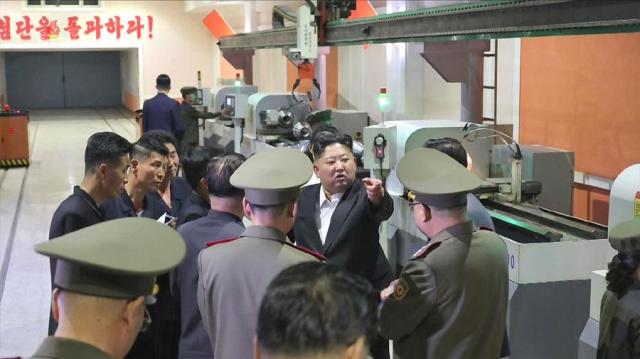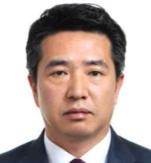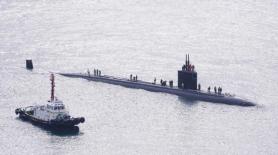
In its annual yearbook released Monday, the Stockholm International Peace Research Institute (SIPRI) said North Korea "had assembled approximately 50 nuclear warheads and had sufficient fissile material to potentially produce up to 90 warheads" as of January this year, adding that its nuclear warhead arsenal is "projected to expand in the coming years."
The institute also estimated that the global inventory of nuclear warheads stood at 12,241 as of January, a slight drop from 12,405 from a year ago mainly due to Russia and U.S. "dismantling older systems."
Despite the overall decrease in inventory, major powers continued to modernize their nuclear capabilities and expanded their military stockpiles of usable warheads, which rose from 9,585 to 9,614 over the same period.
In particular, the report highlighted China's rapid nuclear buildup. "China has boosted its nuclear arsenal by 100 warheads in just one year, growing from an estimated 500 to over 600 warheads in 2025," the report pointed out. "Beijing now possesses more warheads than the U.K. and France combined, and is expanding its arsenal faster than any other nation."
But Russia and the U.S. still possess "nearly 90 percent of the world's existing nuclear weapons," with 5,459 and 5,177 warheads respectively, while China remains a distant third.
The report warned the nine nuclear-armed countries – China, France, India, Israel, North Korea, Pakistan, Russia, the U.K. and the U.S. – "continue to upgrade their nuclear arsenals" amid rising global tensions.
"The era of reductions in the number of nuclear weapons in the world, which had lasted since the end of the Cold War, is coming to an end. Instead, we see a clear trend of growing nuclear arsenals, sharpened nuclear rhetoric and the abandonment of arms control agreements," the report wrote.
The institute also raised the possibility that its latest findings could reignite debate in South Korea over acquiring nuclear weapons amid growing threats from North Korea.
Copyright ⓒ Aju Press All rights reserved.



